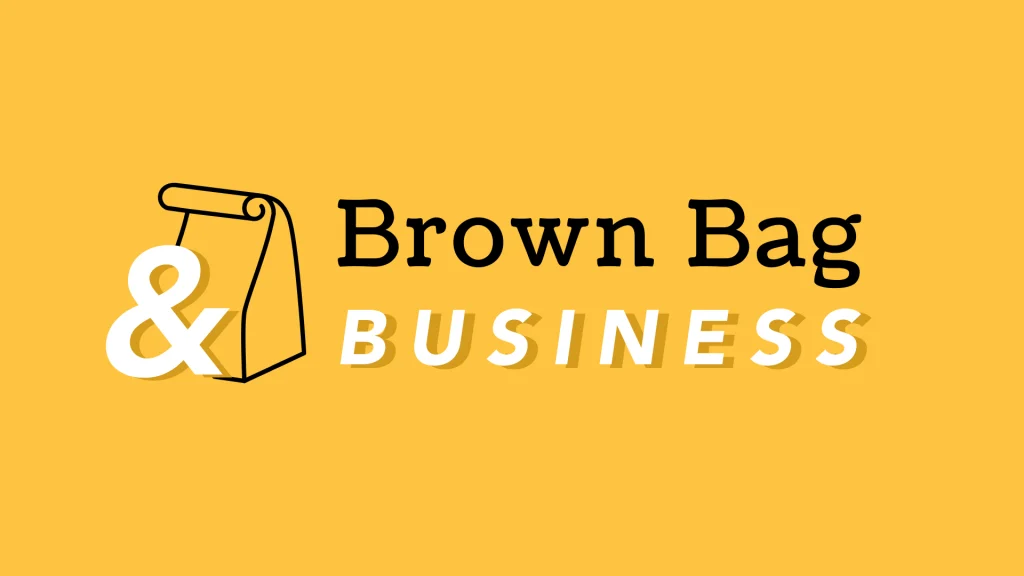Microsoft ends support for Office 2010: October 13th
There are still a significant amount of Office 2010 users out there, specifically within companies. As recently as 2017, according to a survey published by IT marketplace Spiceworks, Office 2010 was being used in 83 percent of the companies surveyed. However on October 13 that may change when Microsoft officially ends support for the Office 2010 productivity suite. That means no more technical support, no more patches, and no more security updates, similar to what many companies went through in 2019 with the end of support for Windows 7.
Each new version of the Office suite that Microsoft releases gets closer and closer to subscription-based. In fact, the latest standalone version, Office 2019, exists only because enough customers complained that Microsoft relented. So keep in mind that before long subscriptions will be the only Office option available, so now might be the best time to move to that model of licensing.
So, what are my options?
1. Keep 2010: You could stick to Office 2010. The product will still function, however, keep in mind that that decision may come with risks. Because Microsoft will no longer be supporting it with bugs and patches, you will need thorough and aggressive virus protection software.
Another roadblock you may face is incompatibility with some of the newer programs and file formats.
2. Use the free Office Web Apps: You have one free option from Microsoft: Office on the web. All it requires is a Microsoft account. Be aware, however, that Office on the web is a limited, scaled-down version and lacks many of the full version’s features. Unless your needs are very basic you probably wouldn’t want to run your business off these online applications.
3. Upgrade to standalone Office 2019: If you want to upgrade to the latest stable Office suite, and don’t want to commit to a subscription, then you can purchase a standalone copy of Office 2019. However, keep in mind that Office 2019 comes with many caveats. Unlike Office 365, which is updated regularly with new features, Office 2019 is not. You get the features that came with the original version that was released in October of 2018, and no more. Office 2019 does not include a few additional productivity tools, such as OneNote, SharePoint Designer, or InfoPath. When the next desktop version is released, you must purchase it again if you want new features. One important note as well is that 2019 is not supported by Windows 7 or Windows 8.1.
4. Upgrade to an Office 365 subscription: Office 365 comes in a variety of versions depending on your business requirements. What’s great about Office 365 is that this is where Microsoft is putting its focus when it comes to the Office suite. This means you always get the latest apps and features, as well as security updates and patches. Depending on your Office 365 subscription, there are also many additional collaboration and productivity tools that come bundled with your subscription
If you’re running Office 2010 in your business still it could be a potential security risk after October 13th. Contact us to learn more about the options above and how we can move you to a more secure and stable Office productivity suite solution.




